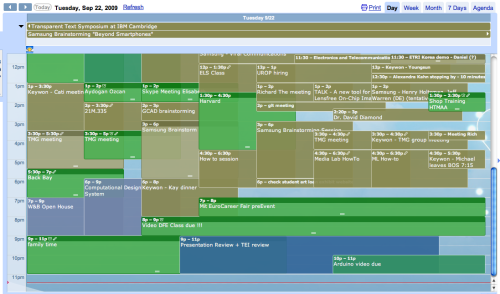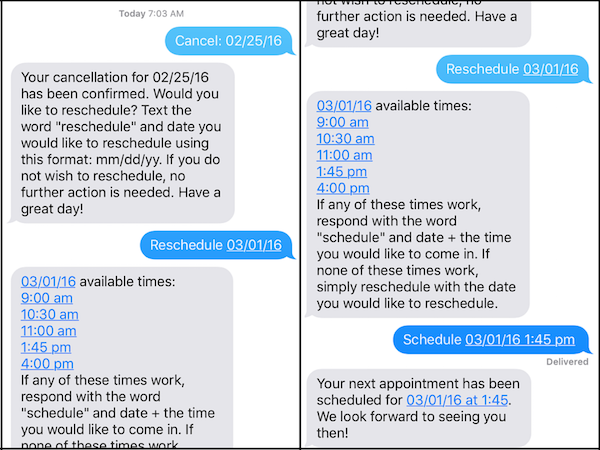“One minute to start!” said the announcer over the loud speakers.
I clicked my Nike running watch to “Stopwatch” mode. I wiped my sweaty brow one last time before the gun fired and I took a gulp of muggy, Charleston, SC air before forcefully exhaling.
My warm-up felt good, my shoes were broken in, and it looked like the rain would hold off long enough for me to run a dry race. There was nothing left to do but set my 10K (6.2 miles) personal record. Or, as runners refer to it, “PR.”
“Ten seconds to start,” boomed the announcer. “Good luck runners!”
It didn’t matter that I had run the Cooper River Bridge Run six previous times, I still had butterflies. My training, though grueling and thorough, was solo. This was a competition – something I hadn’t done in a while.
“Three… Two… One…!” The starting gun fired and I raced South with 40,000 fellow runners, walkers, and joggers.




